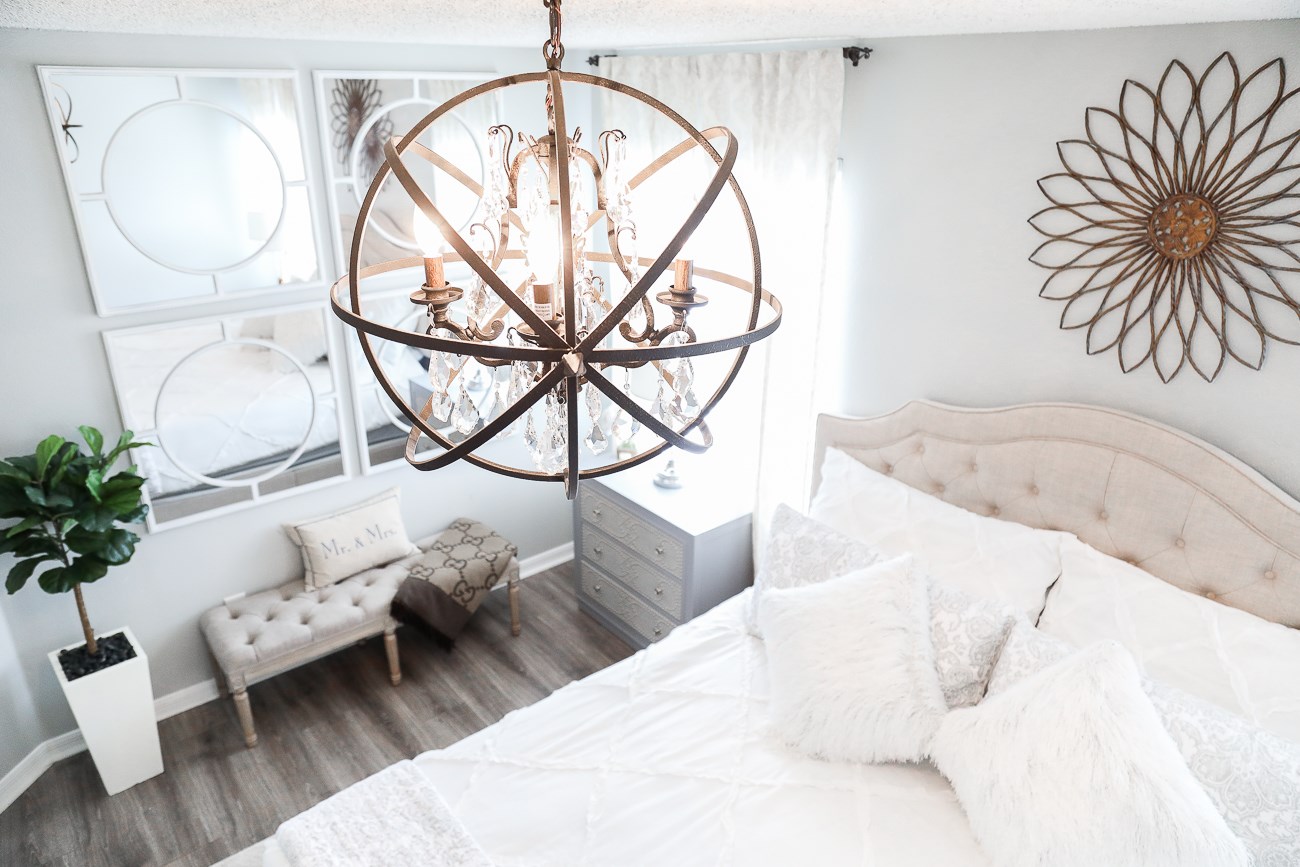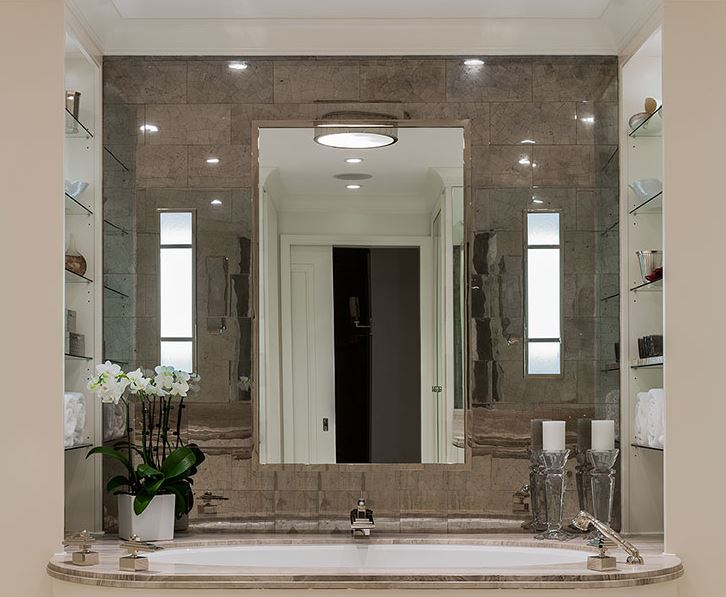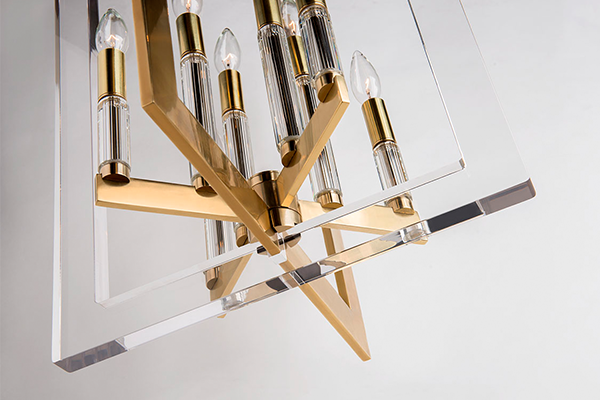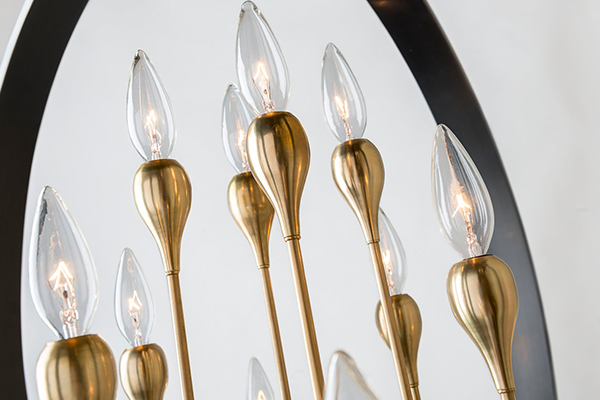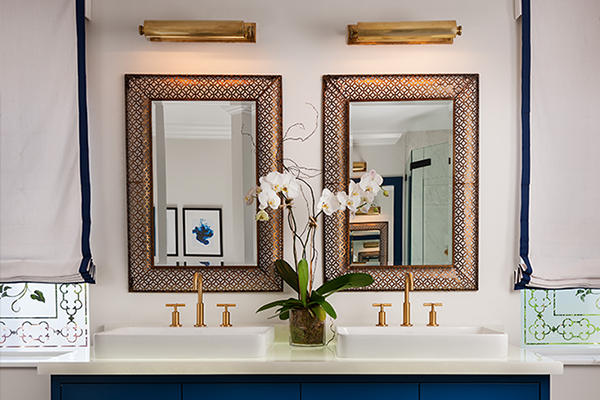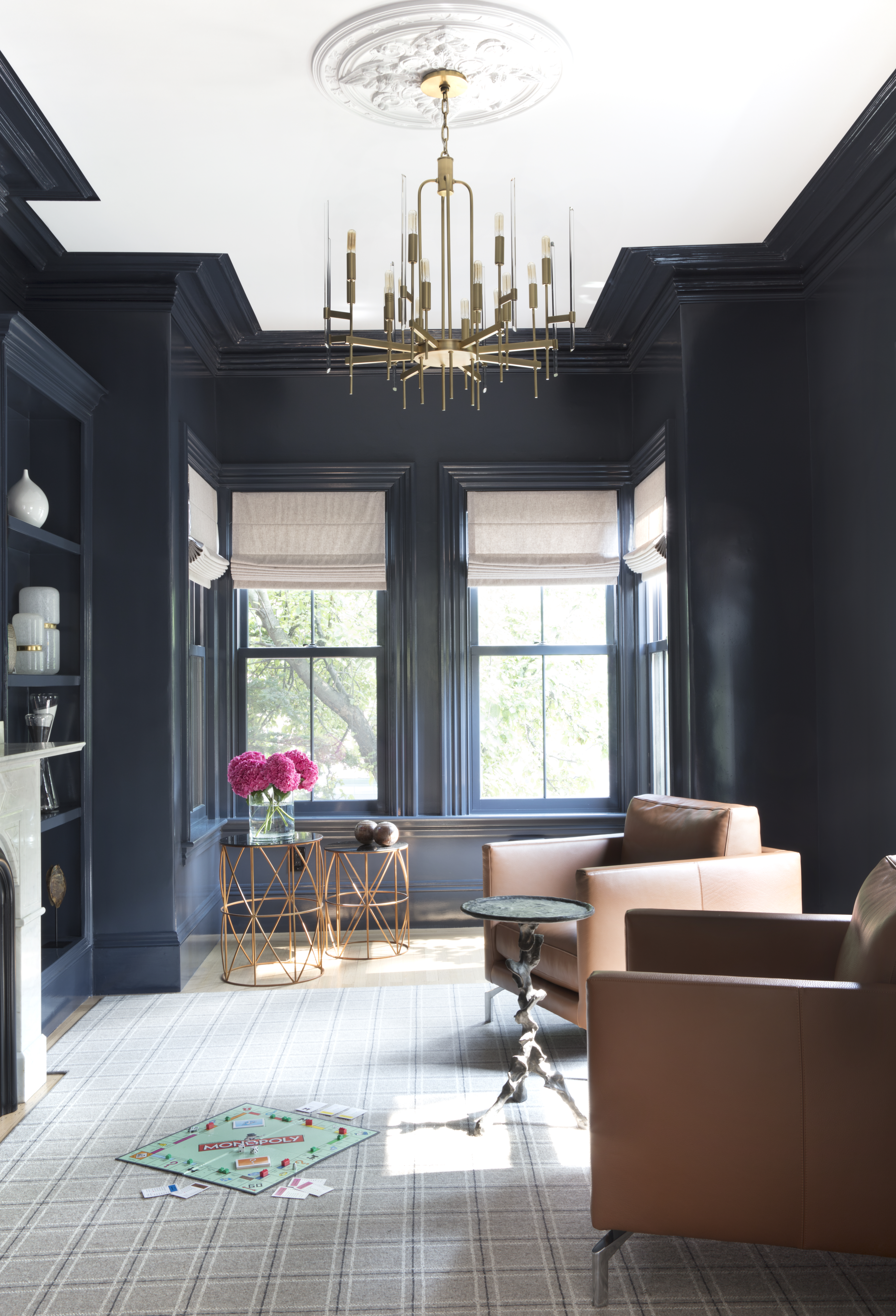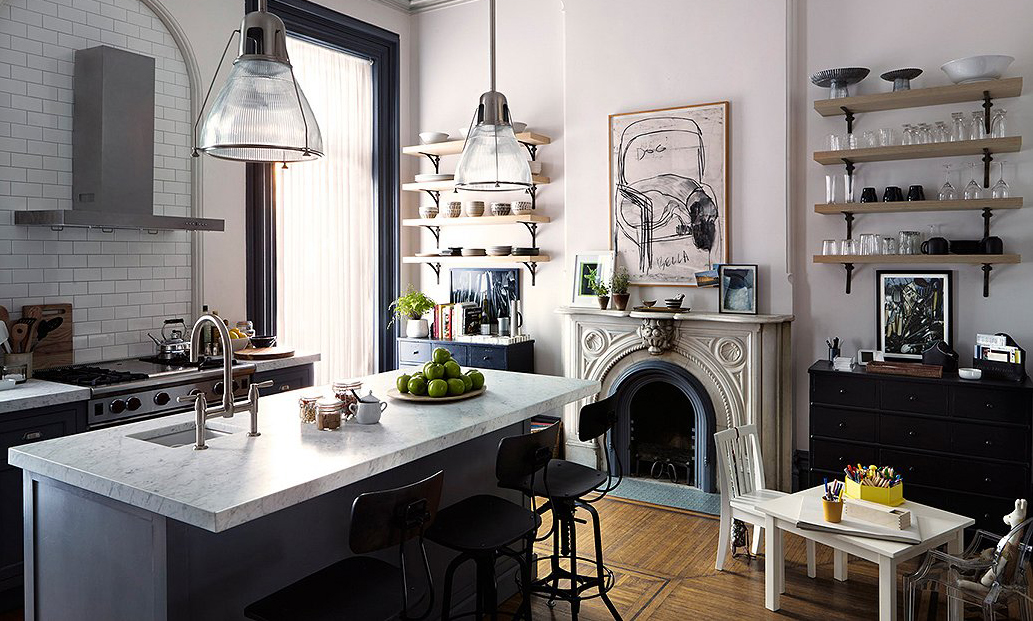Self-expression is said to be a vital way for people to connect, navigate, and grow with each other, according to Psychology Today. It’s suggested that something occurs inside of us when our view of the world is validated in a public way, whether it be our voice being heard or a message on a piece of clothing. From fashion choices to hair colors, piercings to art mediums (like street art*,) we see creativity shining outwardly, everywhere. One of those forms of self-expression has, as it seems, trickled down from thousands of years ago, perhaps not first practiced for self-expression but more traditional, ritualistic ways. Tattoos are marks on the body with an indelible design achieved by inserting pigment into punctures in the skin. The permanent markings have made their way throughout history, often thought of as a trend, but have proven to be anything but.

Charlie Wagner, a New York City tattoo artist in the 1940s.
For a while, researchers marked the earliest evidence of tattoos with Egyptian female mummies circa 2000 BC. But in 1991, Otzi the Ice Man was discovered frozen in the Alps, and along with many fun facts about the gent, he happened to be covered in tattoos — 61 to be exact — and these tattoos were marked to be at least 5,200 years old. From here, a timeline maps out tattoos popping up in various cultures throughout time. The history of tattoos is very in-depth and partially blurred due to so many crossovers and influence, but that influence has led us to the modern-day affinity for the expressive art form. The purpose for tattoos and the meanings they represent have changed over time and across cultures, from totemic protection to identification of class and religion to trendy fashion statement to today's highly personalized and often artistic self-expressions.

Tiny tattoos are popular amongst those who want to be inked but like things minimal.

A photo by Jakob N. Layman of American Electric Tattoo Co. Los Angeles, CA
But what about home décor? Can one extrapolate ink on skin to materials on tables and walls without losing too much in translation? Our designers were influenced by the globally-practiced art form, creating a sconce that can be a great alternative for those wary of the needle but still appreciative of the art. It can also appeal to those who are adorned with tattoos and see design resemblances as an extension of their identity.
Tattoo is ornamented with a linen-like shade to hug its candelabra-based bulb. The shade’s shape complements the edgy tribal twist, a nod to historic tribal tattoos, fashioned here out of rebar. The contrast between the traditional linen-like appearance of the shade and this highly unusual material is what makes Tattoo inimitable. Rebar is a steel rod or mesh that reinforces concrete, commonly used in masonry. The rebar adds texture and roughness to the fixture, while the creamy shade emits a warm glow — a lovely juxtaposition.
It is not too often that we come across tattoo-influenced décor.
Artist Ludvig Lofgren of Kosta Boda, a Swedish glass company, has long been impressed by the artistry of tattoos, in turn creating Tattoo Vase.

It’s described as “rock and roll romantic” with its deep red painted roses, which happen to be a common request at today’s tattoo shops — history repeats itself, as roses were often considered in the category of "sailor tattoos."
Getting a tattoo is a lifetime commitment, so it’s good to know that there are other options to enjoy the long-celebrated art expression, especially if tattoo collectors want to expand that passion into other parts of their lives. Whether it’s in home décor or other mediums, tattoos as an art form have proven themselves, making a permanent mark on society’s self-expression.

See more on our Pinterest board.


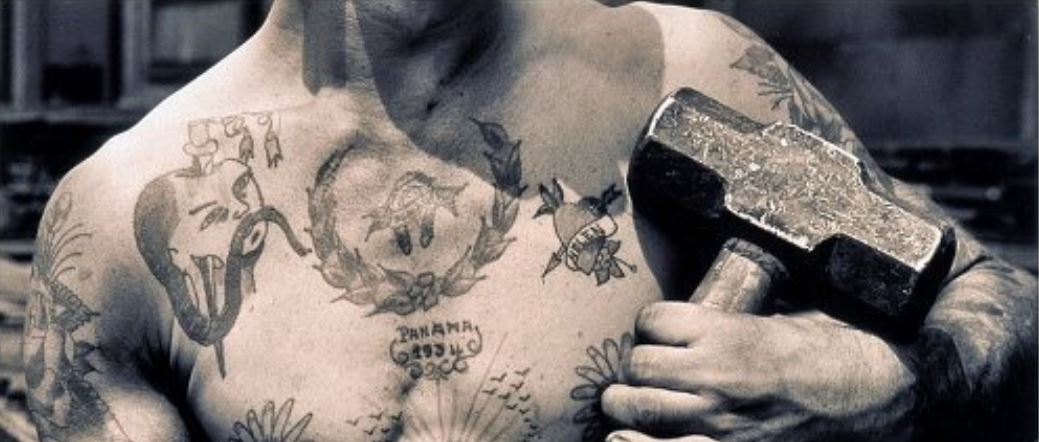
.JPG)

